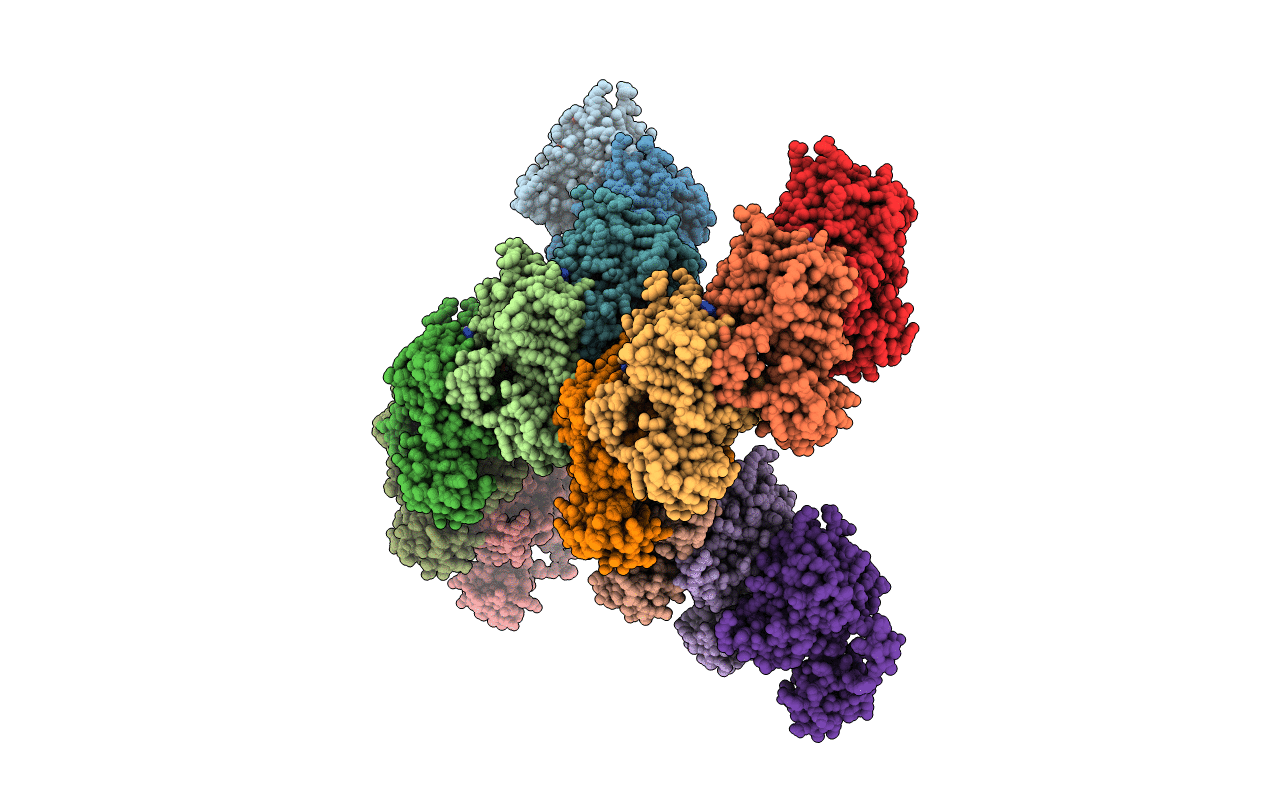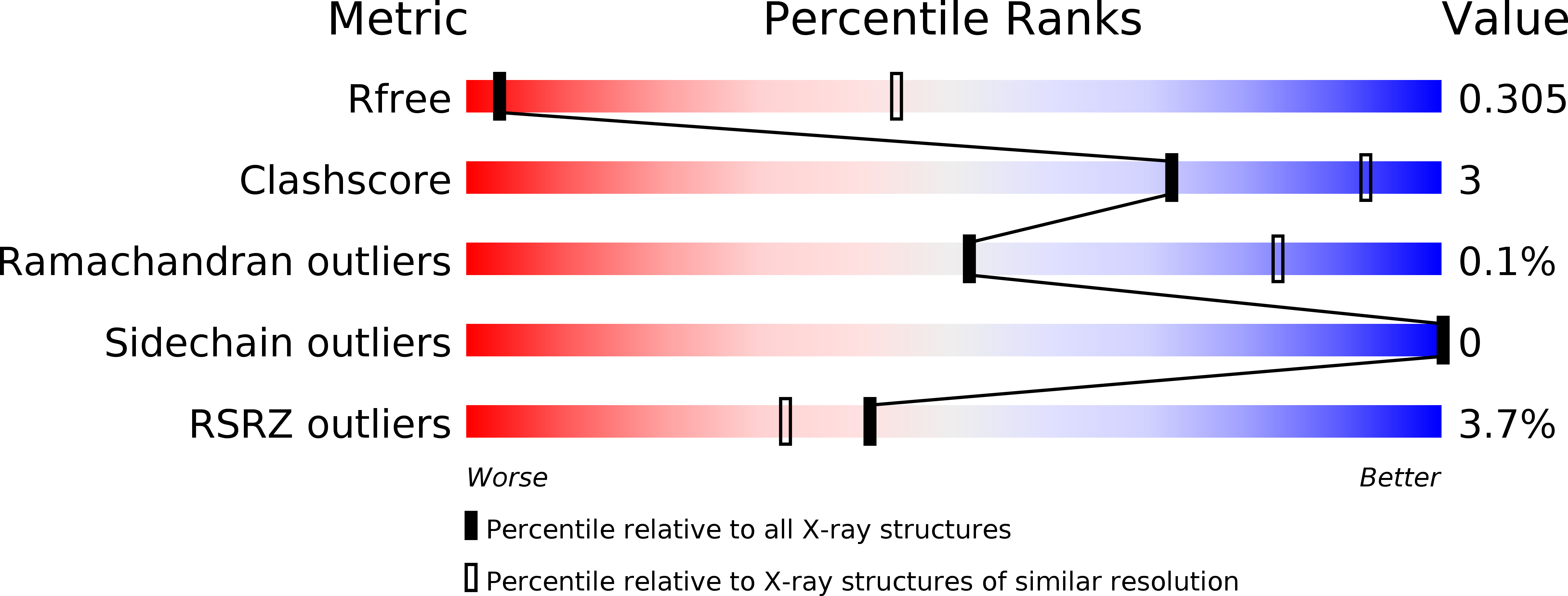
Deposition Date
2017-05-06
Release Date
2018-03-07
Last Version Date
2024-01-17
Method Details:
Experimental Method:
Resolution:
3.93 Å
R-Value Free:
0.31
R-Value Work:
0.26
R-Value Observed:
0.27
Space Group:
P 1 21 1


